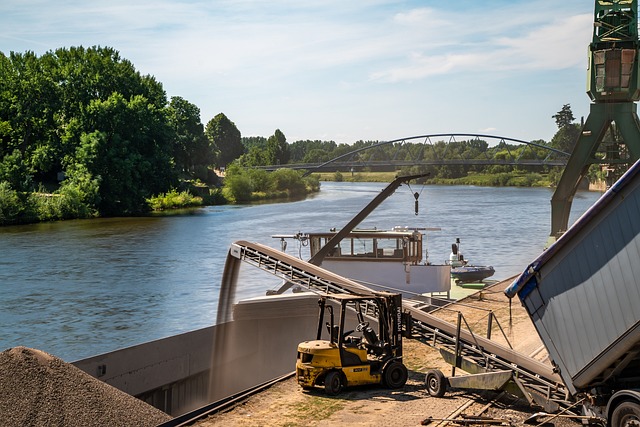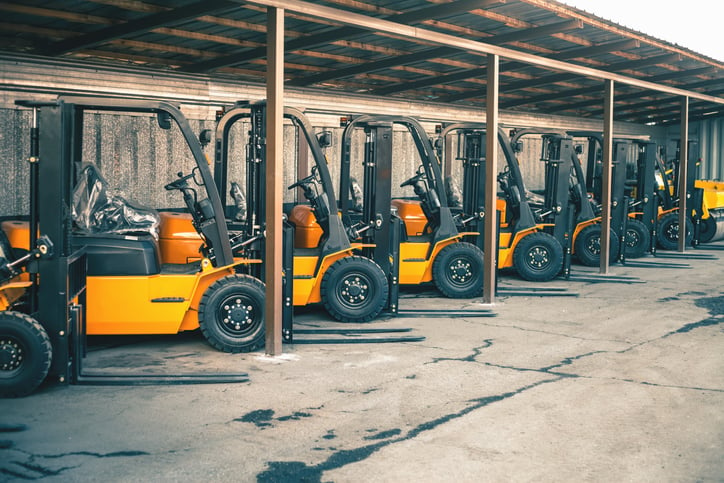Free lift on a forklift refers to the capability of raising the forks without a corresponding increase in the height of the forklift’s mast. In other words, it is the maximum height to which the forklift operator can lift the forks before the mast starts extending. This feature is particularly advantageous in situations where there is limited overhead clearance, such as in warehouses or areas with low ceilings.
Learn More : What is a 3-stage Forklift?
Here are key points to understand about free lift on a forklift:
Definition:
Free lift is the distance a forklift operator can raise the forks without extending the mast. This allows for lifting the load to a certain height without the need for additional vertical space.
Application:
Free lift is especially valuable when working in confined spaces where the forklift needs to navigate through doorways, aisles, or areas with low ceilings. The ability to lift the forks without increasing the overall mast height enhances maneuverability in such environments.
Visibility:
While free lift offers practical benefits in terms of space constraints, it’s essential to note that the lift mechanism may be located in the center of the mast. This central positioning can limit the operator’s visibility, particularly when the forks are raised.
Considerations:
When choosing a forklift for a specific job or workspace, considering the amount of free lift is crucial. It ensures that the forklift can effectively handle loads in environments with limited vertical clearance.
Alternatives:
Forklifts with free lift are not the only option. In some situations, forklifts may have a limited free lift, and in others, they may not have this feature at all. The choice depends on the specific operational needs and spatial constraints of the job site.
Free lift is a valuable feature in forklifts, offering flexibility in handling loads in environments with restricted vertical space. It allows for efficient maneuvering in areas with low overhead clearance, contributing to the overall versatility and usefulness of the forklift in diverse material handling scenarios.
Learn More : What is the difference between a Class 2 and a Class 3 forklift forks?



